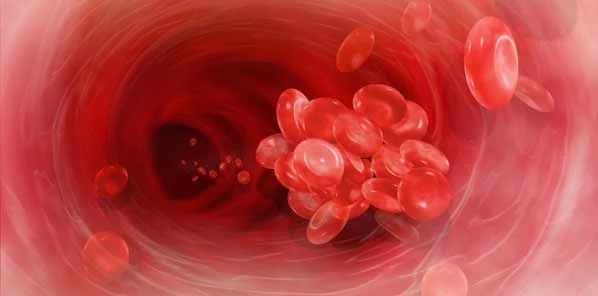A catheter-based method for removing blood clots or other dangerous masses from cardiac blood vessels can save some patients from invasive heart surgery. The AngioVac system, a creation of AngioDynamics, is being used at the University of California San Diego’s Sulpizio Cardiovascular Center (SCVC), the first location in San Diego County to employ the device. It has the potential to save patients from the fatal consequences of blood clots without high-risk surgical procedures.
How AngioVac Works
For patients with life-threatening clots or infected masses, blood-thinning medications not be effective at dissolving the occlusive bodies. AngioVac works by inserting thin flexible tubes into two major veins, either in the neck or the groin area. The tubes are guided by X-ray to the problematic area, typically the lung arteries, right-sided heart chambers or proximal veins.The tips of the tubes are equipped with a balloon-shaped funnel that vacuums the blood clot or other material out of the body when attached to a bypass circuit.
Collaboration Is Key
Doctors have performed the procedure in six UC San Diego Health System patients. The operation can take as little as an hour due to the collaboration of a team of anaesthesiologists, cardiothoracic surgeons and interventional cardiologists. In most cases, patients are able to walk out of the hospital the next day.
In contrast to the minimally invasive AngioVac procedure, open-heart surgery is much more demanding in terms of resources, surgery time and recovery time. Often, a patient’s breastbone must be divided and spread apart in order for the surgeon to access the heart. Healing involves wiring the breastbone and ribs back in to place, making recovery and rehabilitation more difficult.
Some Patients Still Require Surgery
The AngioVac device will not be a solution for every patient faced with blockages of blood vessels leading to the heart. If chronic clots in the lung arteries plague a patient, surgeons can perform an operation called pulmonary thromboendarterectomy (PTE). The UC San Diego Health System specialises in performing PTE.
Clots that break away from the walls of blood vessels kill 100,000 Americans each year. The risk factors are numerous: family history, heart arrhythmias, obesity, prolonged sitting and smoking all contribute to the formation of blood clots. Additionally, some common medications raise the risk, including hormone therapy drugs and oral contraceptives.
Image Credit: Google Images
Latest Articles
Heart, Cardiac, blood clot, blood vessels, cardiac surgery, catheter-based
A catheter-based method for removing blood clots or other dangerous masses from cardiac blood vessels can save some patients from invasive heart surgery. T...










